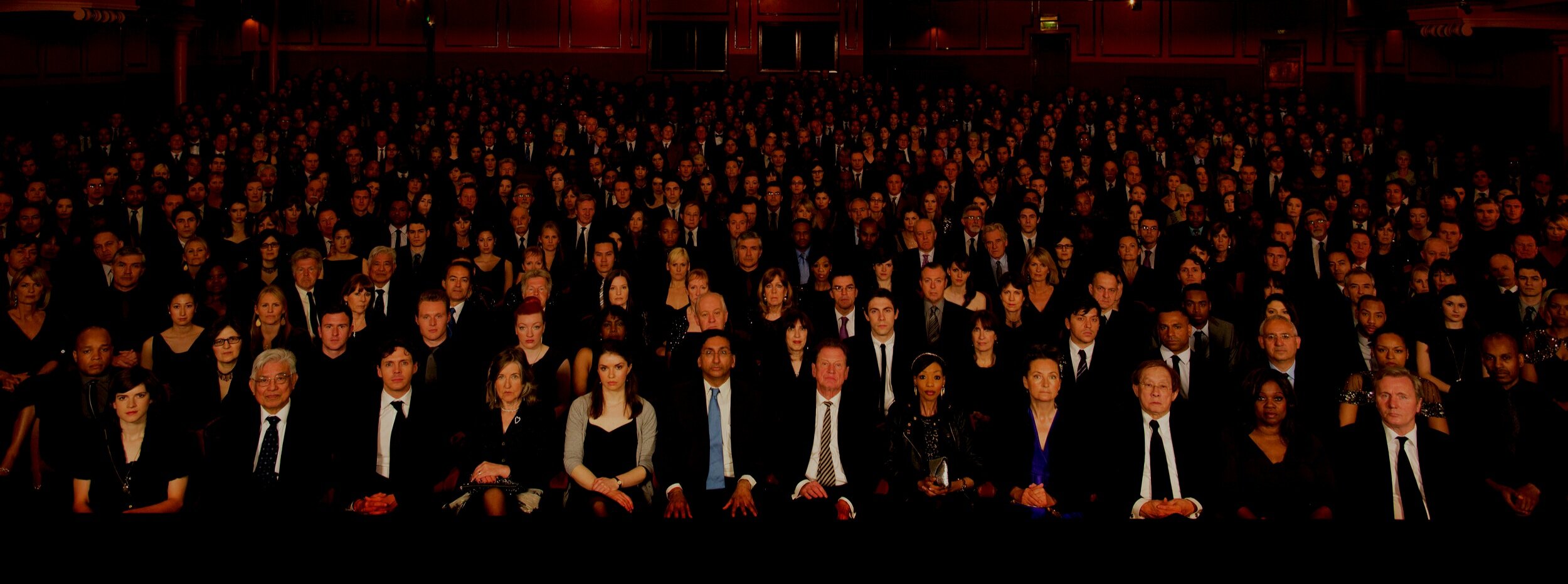
Future customers in your imagination

All the same people in real life
Market traction is difficult when everyone is trying to ignore you.
Your good idea shouldn’t fail because the right people haven’t noticed. Here are 10 realizations that will help you earn the attention of the people you want to reach.
1. No one eagerly awaits your message.
The people you’re thinking about as customers aren’t waiting to hear from you.
They are not an audience. They are a busy crowd of passers by, each in a hurry to get somewhere else.
The first thing to ask yourself is, “Why should anyone care?”
Advance Medical got traction when they focused their message on the needs of the people they wanted to attract. >See how
2. Answer the question they’re already asking.
Relevance is the key.
• Who are these people you’re thinking of as customers?
• How do they think about their problem?
• What are they doing about that now?
The better you understand their thinking, the more likely they’ll pay attention to you.
RKS created a category by redefining what kids’ sunglasses are for. >See how
3. Early sales are no guarantee of more sales.
Your first sales are to neophiles. They try whatever’s new. As soon as they try yours, they move onto what’s next.
Your brand is built selling to the problem solvers who come next. And they buy for different reasons than the neophiles.
Tivoli Audio became an icon by focusing on design as much as sound. >See how
4. There’s a better message than ‘How it works’.
Only 1 of 7 potential customers pay any attention to your How-It-Works message.
The other 6 of 7 — that’s 85% of your market — don’t have the imagination to connect your solution to their problem. Your How-It-Works message is invisible to these prospects.
826 got disengaged 20-somethings to care about a literacy charity by making it fun. >See how
5. People don’t do things for the reasons they think.
People aren’t rational. It’s hard to admit that goes for me and you too.
How we all think we decide: “I will weigh the advantages and disadvantages of each option.”
How we actually decide: “I want that. What is it?”
The desire comes before the thinking.
Butcher Boy believes in meat the way vegans believe in veggies. >See why
6. Think of your product as the tangible expression of a deeper value.
This is the secret to getting attention. The ‘reason why’ is at the heart of the best brand messages:
• Just Do It
• Like a Good Neighbor
• Think Different
People trust brands that share their values.
How to represent the tsunami of bad guys out to destroy your digital space. >See how
7. Design is a force multiplier.
There is a discipline to getting the kind of attention that leads to growth. Good design attracts the eye, and can communicate the core of the message even when your audience is trying to ignore you.
Which they are.
Connected changed how companies protect data by talking to two audiences simultaneously. >See why
8. Companies don’t make decisions. People do.
The only way to sell anything to a company is to pick someone inside who has a problem with a budget attached to it, and show them you care about their problem.
Philo’s fun challenge: How to compete with free? >See how
9. Break it down into steps.
No one goes from unaware to buyer in a single leap. If you understand where they’re coming from and what they’re looking for, it’s easier to get them to take the next step.
OK, you got someone to pause. What comes next without breaking the flow?
The American Library Association knows venerated brands sometimes need a shot in the arm. >See why
10. You can tell when you’re getting it right.
You start to hear your values-based messages come back to you from the mouths of your customers. Good marketing accelerates the business you get from referrals.
The predictor of future sales is when people tell other people about you.
Let me help you get the attention of the people you want to reach.
“I cannot speak highly enough about the fine work Jeff Berman and his team have done—and continue to do—for us. From the outset we were impressed with the systematic way that he went about helping us to identify the core truth of our brand and how he used this to craft messaging that responds directly to the concerns of our customers. The firm’s outstanding creative work stems from Jeff’s real-world understanding of the psychology of branding and marketing. Overlook the astrophysics bit. Retain him.”
— Mark Cummings, Publisher, American Library Association










